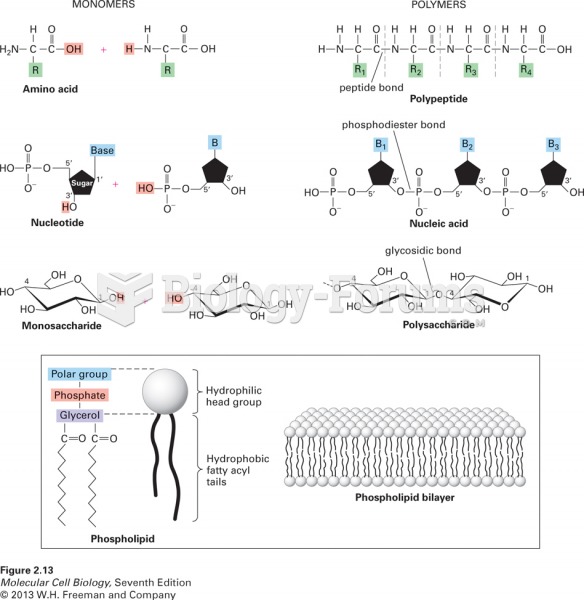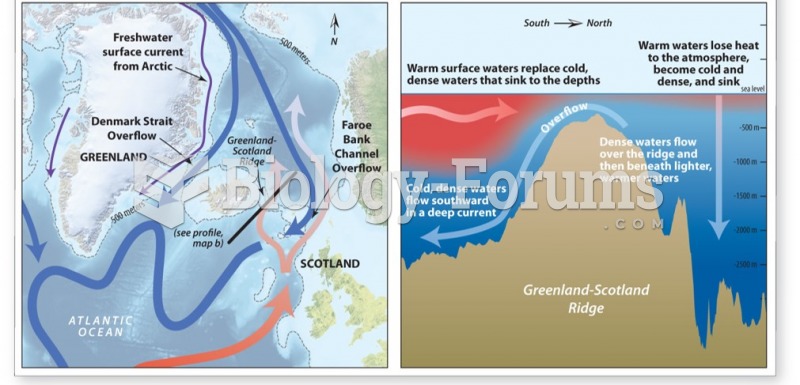Answer to Question 1
An ideal response will:
1, List the main characteristics of the Cold War, which included a period of increased tensions (but not live combat) between the United States and the Soviet Union, the desire to contain Soviet influence, and a buildup of military might to deter the Soviet Union from spreading its influence around the globe.
2, Identify the main Cold War combatants as the United States and the Soviet Union.
3, Detail the principal Cold War confrontations, including the Korean War in which the United States allied with South Korea when it was invaded by the Soviet-backed government of North Korea; government-sponsored coups in Iran, Guatemala, and the Dominican Republic; governments fighting communist insurgencies in the Philippines, Chile, and El Salvador; and anticommunist insurgencies in Chili, Ghana, Cuba, and Nicaragua.
4, Describe the Vietnam War as the largest and most extensive conflict driven by the Cold War mentality and a watershed event that made the United States and the Soviet Union rethink whether fighting wars in far-off lands was worth the steep costs in lives and money.
5, Reveal how tensions between the United States and the Soviet Union subsequently eased in a period known as dtente.
6, Discuss how the Cold War conflict was finally resolved after Mikhail Gorbachev took over as Soviet premier in 1985 and passed political and economic reforms, the Berlin Wall fell in 1989, and East and West Germany had reunited and the Soviet Union had dissolved by 1991.
7, Note that the U.S. foreign policy approach during the Cold War was based on the strategy of containment, which made international politics a zero-sum game (i.e., a contest in which gains by one side necessarily involved equivalent losses by the other).
8, Outline how the terrorist attacks of September 11, 2001, fundamentally redefined U.S. foreign policy by focusing attention on terrorist groups and non-state actors.
9, Review how the war in Afghanistan was a direct response to the September 11, 2001, terrorist attacks; the war in Iraq was about preventing a future terrorist attack before the threat had fully developed; and both wars were based on the Bush Doctrine, which proclaimed the right of the United States to preemptively and unilaterally strike when a threat to the United States seemed imminent.
10, Note that the difficulties of the extended period of rebuilding in Iraq caused the United States to question its foreign policy approach and move away from the Bush Doctrine toward an approach based more on internationalism, in which the government actively engages in world affairs.
11, Conclude that currently the United States must work to balance the conflicts between what is needed to promote U.S. economic and security interests, to fight against terrorism and nuclear proliferation, and to support human rights and democratic reforms in other countries.
Answer to Question 2
An ideal response will:
1, Explain that the spoils system involved hiring and firing government employees on the basis of loyalty to the party in power.
2, Discuss the implications of the spoils system for the performance of the federal bureaucracy: most bureaucrats lacked expertise, and there was high turnover of personnel in the bureaucracy, further hindering the ability of the bureaucracy to tackle complex problems.
3, Explain that the civil service replaced partisanship with merit as the basis on which federal bureaucrats were to be hired or dismissed.
4, Discuss the positive implications of the civil service system for the performance of the federal bureaucracy, such as the creation of a more professional, skilled workforce.
5, Discuss the negative implications of the civil service system for the performance of the federal bureaucracy, including the fact that the system made it more difficult to fire bureaucrats who were not performing satisfactorily, leading to inefficiency in the bureaucracy.







